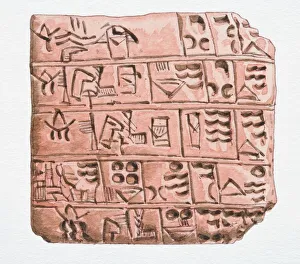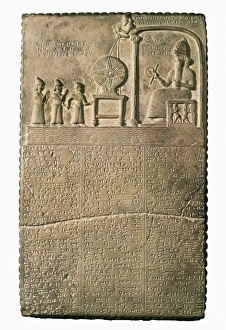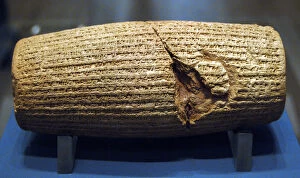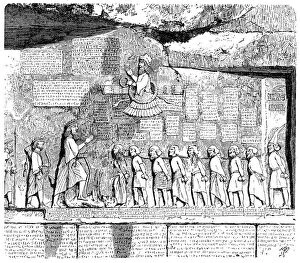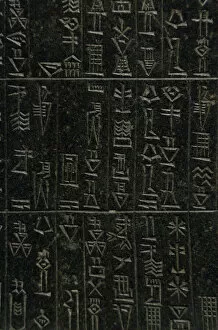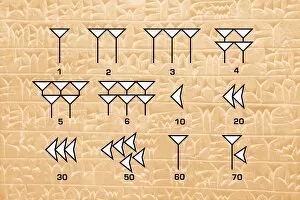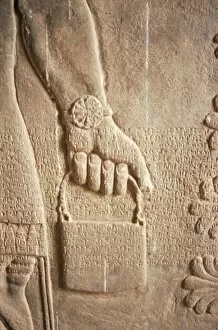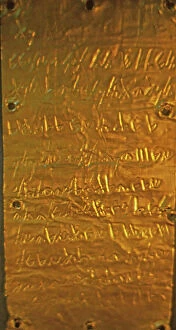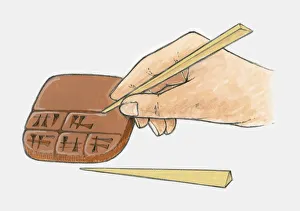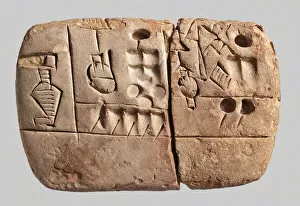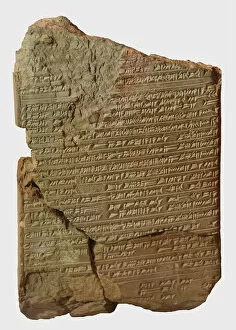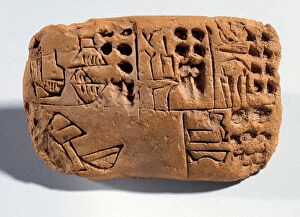Cuneiform Collection
"Cuneiform: Unraveling the Ancient Script of Civilization" Step back in time to 3000 BC, where cuneiform writing on clay slabs was born
All Professionally Made to Order for Quick Shipping
"Cuneiform: Unraveling the Ancient Script of Civilization" Step back in time to 3000 BC, where cuneiform writing on clay slabs was born. These front-view tablets hold the secrets of Mesopotamia's earliest written language. Travel through history and encounter the Tablet of Shamash, dating back to the 9th century BC. Dedicated to the sun-god, this artifact showcases the religious significance embedded within cuneiform script. Behold the Cylinder of Cyrus the Great, adorned with Akkadian cuneiform text. This relic offers a glimpse into one of history's most influential rulers and his empire's administrative prowess. Marvel at Neo-Sumerian craftsmanship as you gaze upon Gudea's statue from 2120 BC. The intricate cuneiform inscriptions reveal his reign over Girsu in present-day Iraq. Discover ancient Iran's monumental Behistun Inscription, an impressive relief etched into stone cliffs. Its multilingual text sheds light on Persian history while showcasing cuneiform mastery. Delve into numerical systems as you explore both Egyptian and Assyrian counting methods intertwined with cuneiform symbols. Witness how these civilizations documented their transactions and calculations. Zoom in on carved reliefs that bring stories to life through detailed depictions etched onto stone surfaces. Cuneiform script adds depth and context to these captivating artworks. Unlock Babylonian knowledge by deciphering their unique system of numerals preserved through intricate cuneiform markings. Experience firsthand how they recorded numbers for trade and commerce. Admire Kassite Dynasty’s Eanna-shum-iddina kudurru from 1125-1100 B. C. , a stunning stele boasting elaborate engravings accompanied by explanatory texts written in mesmerizing cuneiform script.

